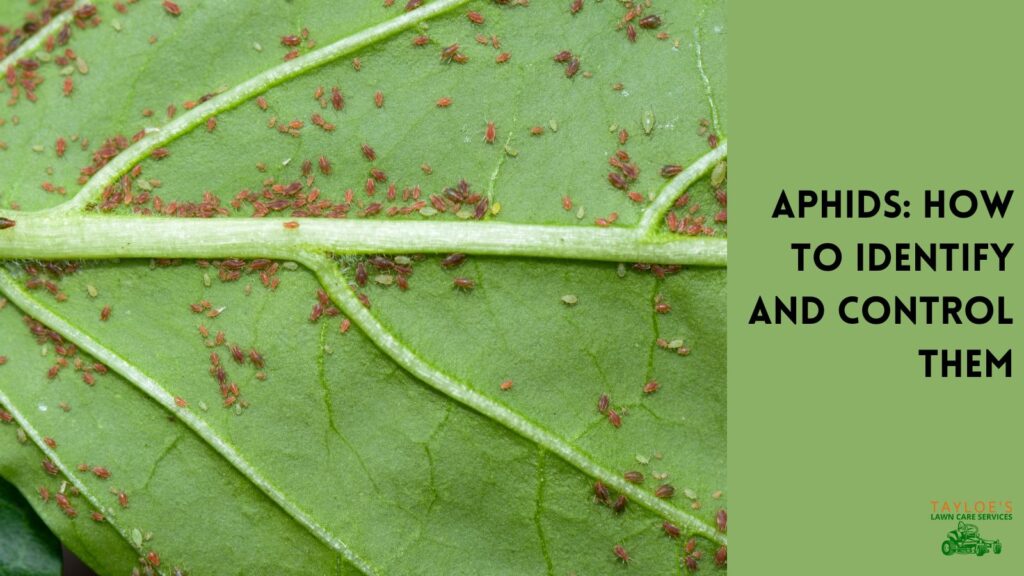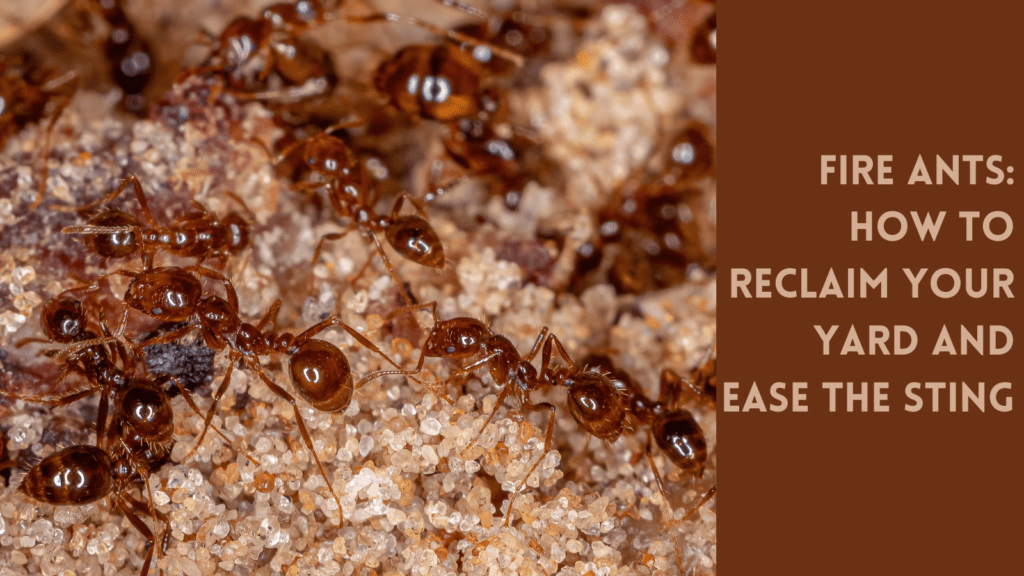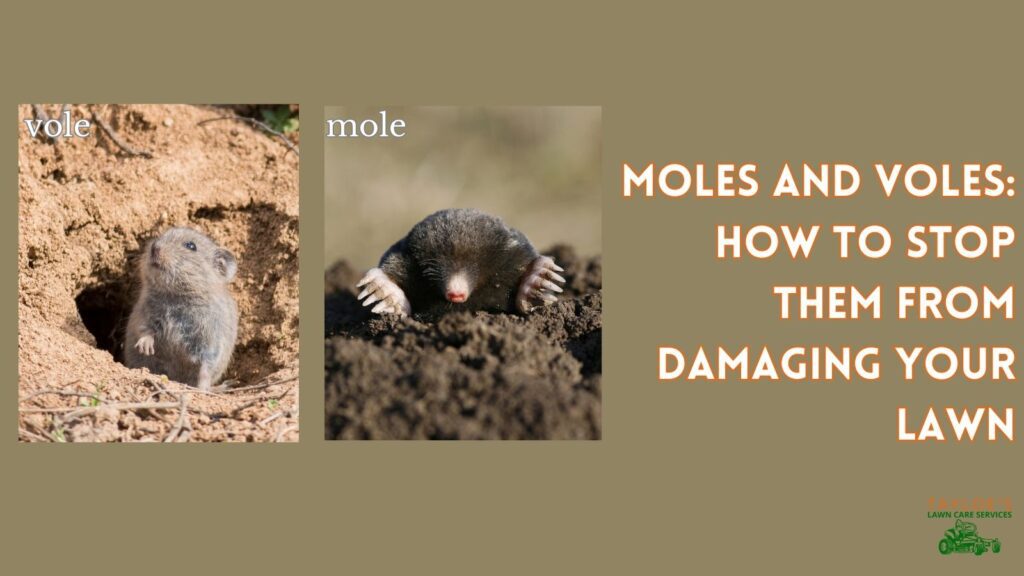Last Updated on: 30th September 2024, 05:53 am
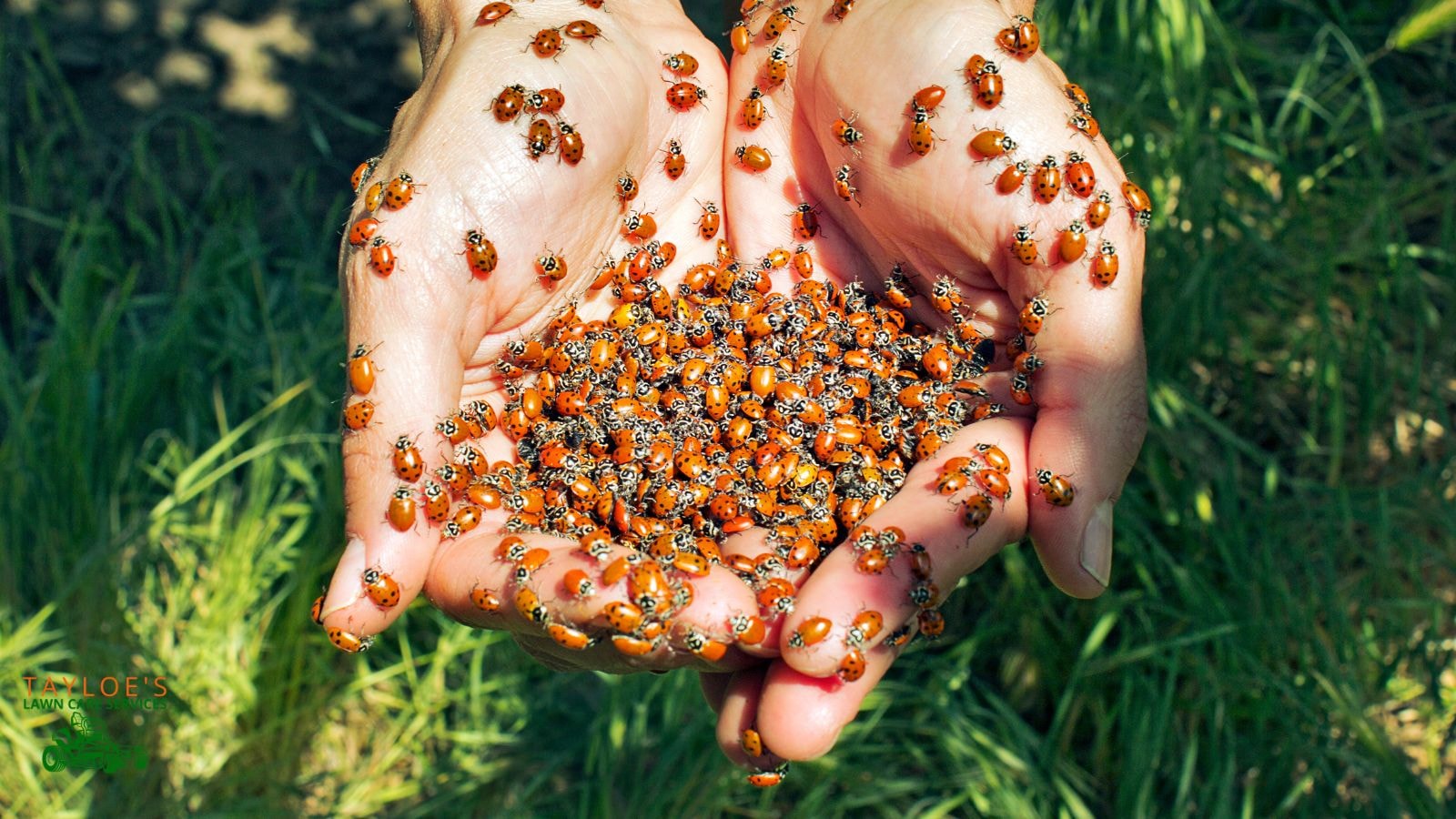
Understanding the annual fall ladybug infestation and how to manage it.
Ladybugs in the fall are a common sight as they swarm searching for warmth and shelter to prepare for winter. While beneficial for your garden—by protecting your plants and flowers—once inside your home, they can become a nuisance, and knowing how to get rid of them effectively can help prevent an infestation that occurs every fall.
Quick Facts About Ladybugs
They’re also commonly called lady beetles, ladybirds, ladybird insect, or lady flies.
Ladybugs play a crucial role in controlling garden insect pests. A single ladybug can eat up to 5,000 aphids in its lifetime, making them nature’s pest control agents.
There are over 400 species of ladybugs in the U.S., the most common of which is the seven-spotted ladybug. These beetles vary in size, color, and pattern, with red or orange bodies and distinct black spots.
Ladybugs are members of the insect class. However, they’re also classified as animals in the kingdom Animalia. That is due to their heterotrophic nature, meaning they obtain food by consuming other organisms.
Ladybugs go through four stages of metamorphosis: egg, larva, pupa, and adult. Female lady beetles lay their eggs near aphid colonies, on plants. That ensures the larvae have an immediate food source upon hatching.
As the cold weather approaches in the fall, ladybugs (specifically, the Asian lady beetles) swarm in search of warm, protected areas, often inside homes. There, they’ll hibernate through the winter months.
Once they find the perfect cozy spot, the bugs release pheromones to invite other ladybugs to join them, turning a small invasion into a full-blown swarm! This is why you often see large groups of them clustered together.
In defense, they release a yellow, foul-smelling fluid called hemolymph when threatened, which deters predators but can also leave stains on surfaces.
In the cooler months, you’ll mostly find the lady bugs on sunny window sills, bright lights, and other warm spots as they prepare for the cold.
Although they sometimes bite, it feels more like a small pinch. They don’t sting, and they don’t spread diseases, making them harmless to humans overall.
Two Common Ladybug Species You’re Most Likely to Encounter in the Fall
While there are many species of ladybugs, two in particular are especially common during fall swarms. Here’s what you need to know about them:
The Multicolored Asian Lady Beetle
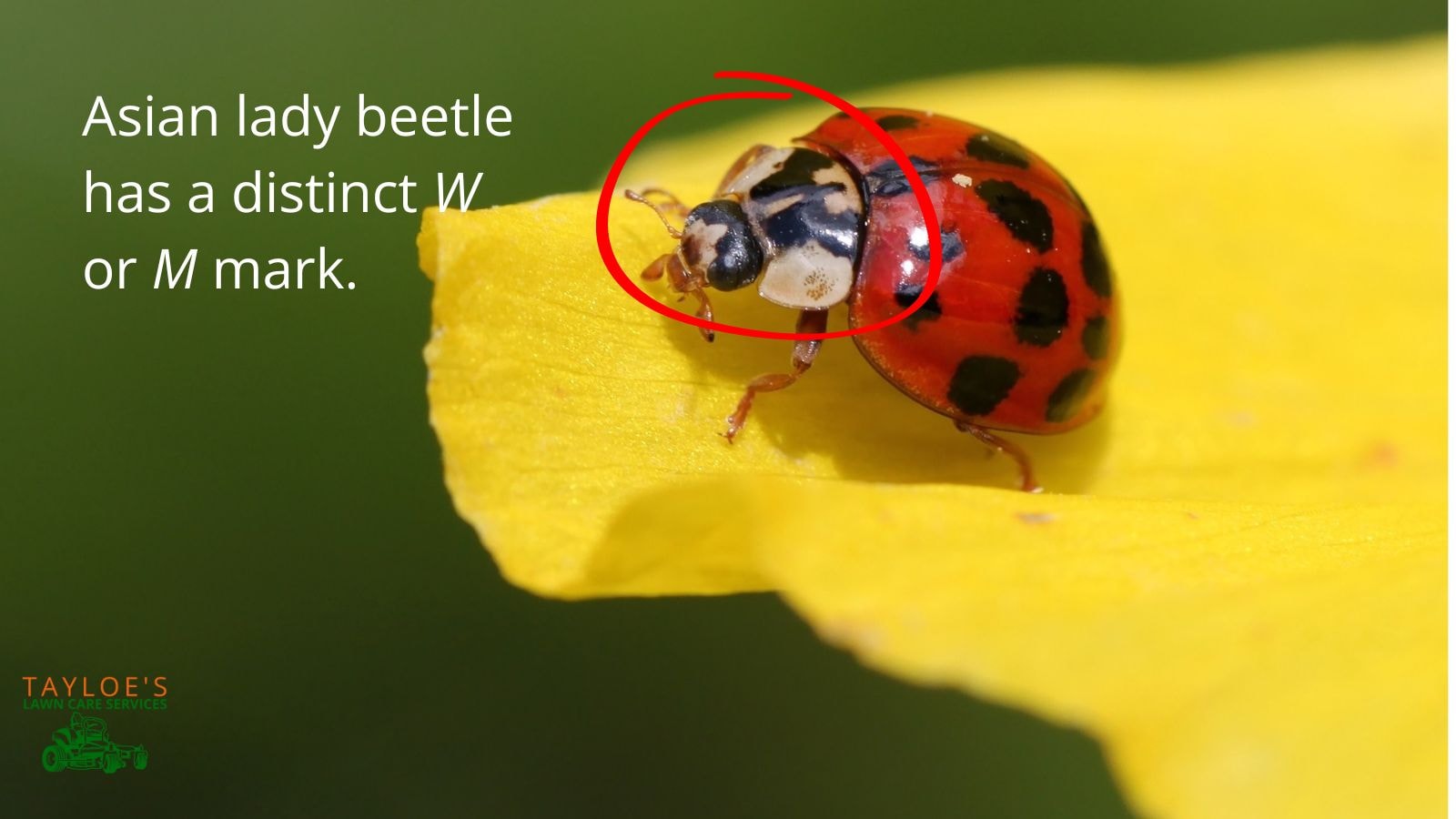
Asian lady beetles (Harmonia axyridis) were originally introduced to the U.S, as natural insecticides, to control pests like aphids, but they’ve since gained a reputation for their invasive fall behavior.
Unlike other ladybugs, these beetles vary in color, ranging from yellow to deep orange, and sometimes even black, with a characteristic “W” or “M” marking on their pronotum.
In the fall, the ladybugs swarm in large numbers, seeking warm, illuminated surfaces like south-facing walls or windowsills. Drawn by the heat and light, they often go indoors, squeezing into cracks, wall voids, and attics to find refuge. Their presence can quickly go from a few strays to an overwhelming infestation, especially in homes near wooded areas or on hilltops.
Once the weather warms in the spring, the beetles begin their journey out of their winter hideouts. They return to their outdoor habitats to resume their role as predators of garden pests, protecting your cherished flowers from aphid infestations.
When stressed or threatened, Asian lady beetles deploy a defensive response called reflex bleeding, where they secrete a yellow, foul-smelling fluid from their leg joints. This fluid, while harmless to humans and pets, can stain surfaces but does not spread disease, making it more of a nuisance than a health risk.
And yes, they sometimes bite, though their bites are typically mild and cause little more than brief, minor discomfort.
Despite their invasive tendencies indoors, these beetles remain beneficial outdoors, playing a critical role in reducing the need for chemical insecticides.
The Convergent Lady Beetle
The Convergent lady beetle (Hippodamia convergens), also often referred to as American ladybug, is a renowned garden insect—the gardener’s best friend. Unlike the invasive Asian lady beetle, these beetles are less likely to invade homes and are primarily seen in outdoor environments, where they actively eat pests like aphids, their primary source of food, helping maintain the balance in gardens and crops.
Recognizable by their vivid reddish-orange or red forewings, Convergent lady beetles have 13 or fewer black spots and get their name from the two white lines that converge just behind their head. This consistent color pattern makes them easily identifiable, especially in comparison to the more variable appearance of Asian lady beetles.
In the fall, rather than swarming inside homes, Convergent lady beetles seek out sheltered outdoor areas to hibernate. They prefer to overwinter in the crevices of trees, leaf piles, under rocks, nestled beneath logs, or within the bark of trees and other natural debris, making them less of a nuisance to homeowners. Their ability to form large overwintering groups, sometimes numbering in the thousands, helps them conserve heat and survive harsh winter conditions.
Though they aren’t as invasive indoors, the Convergent lady beetle is just as voracious in its appetite for garden pests, especially aphids. Their presence in gardens and farms helps reduce the need for chemical pesticides, making them an invaluable natural pest control agent. In fact, farmers and gardeners often buy these beetles in bulk to release them into crops and gardens, capitalizing on their efficiency in pest management.
While they don’t engage in the same reflex bleeding behavior or occasional bite as their Asian counterparts, Convergent lady beetles are still highly effective at defending themselves from predators with their bright coloration, which signals toxicity and deters potential threats.
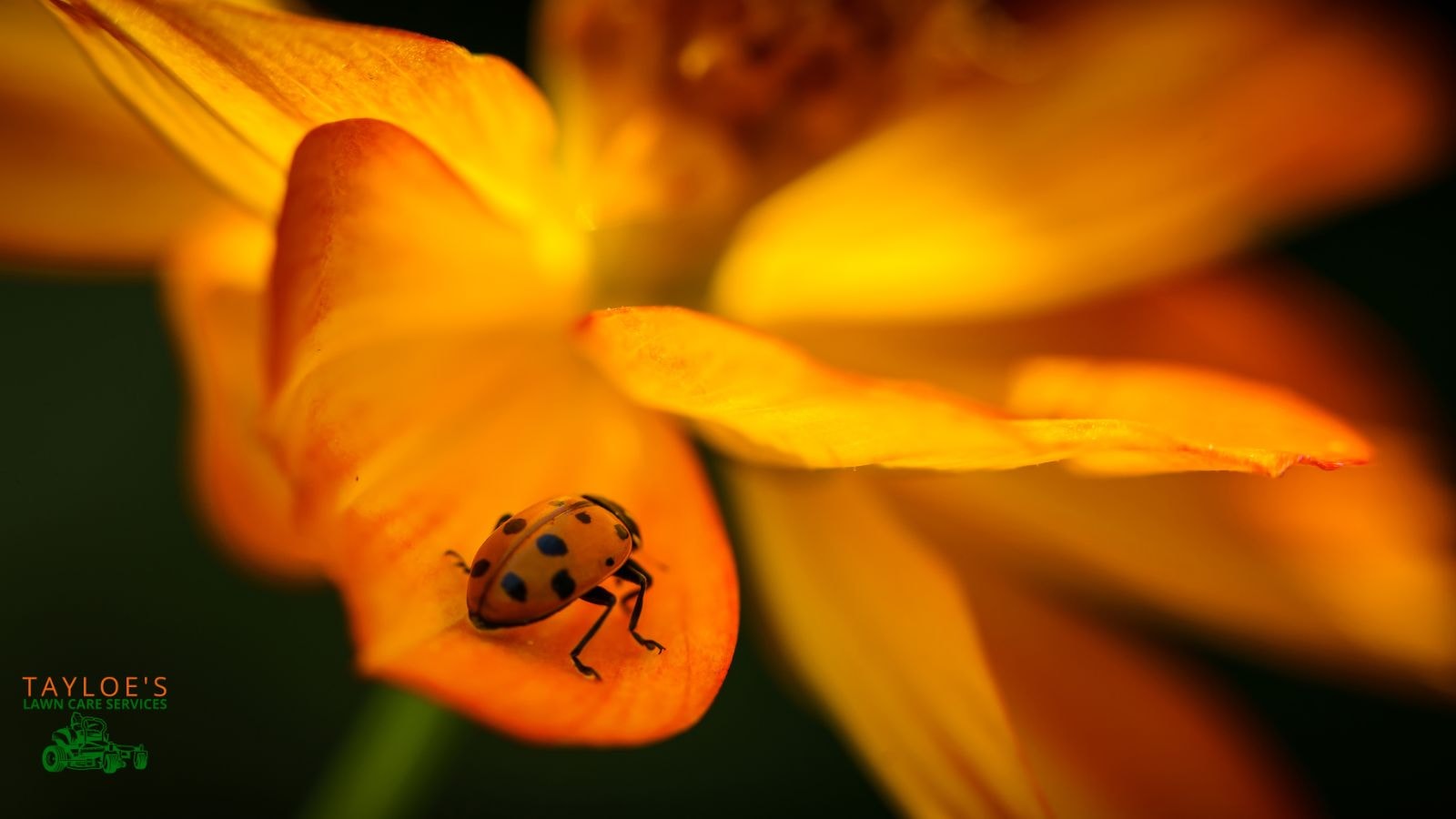
How to Manage Ladybug Infestation Naturally
Managing a ladybug swarm isn’t just about removing the little bugs once they’ve made their way inside. It requires a strategic approach, combining preventive actions, understanding their behavior, and implementing safe, lasting solutions.
The key to long-term success lies in cutting off access points to your house. Ladybugs, especially the invasive Asian lady beetles, are persistent, slipping through even the tiniest gaps around doors, attics, and other openings.
The first step is thorough home maintenance: sealing every crack, crevice, and gap using quality caulking or weather stripping. This proactive measure ensures you’re blocking the beetles before they find a warm, inviting space in your house.
Once you’ve secured your home’s entry points, turn to natural repellents for added protection. Chemical insecticides may seem tempting. However, they can harm beneficial insects and even disrupt the ecological balance in your garden. Instead, rely on proven natural solutions. Citrus oil is a powerful deterrent; its strong scent prevents ladybugs. Spray a solution of citrus oil around windows, doors, and baseboards to prevent them from gathering.Another effective option is bay leaves—placing them near entryways and in areas where ladybugs gather will repel them without toxic insecticides.
You can also use soybean plants as a clever, natural barrier. Plant them strategically near your house entry points, where their presence will deter the Asian lady beetle from approaching your house.
If ladybugs have already breached your defenses and settled indoors, you must eliminate them humanely. If you kill them, it can result in a mess from their reflex bleeding—a yellow, foul-smelling fluid they release when threatened, which can stain surfaces and fabrics. The best removal method is vacuuming. Using a soft-brush attachment, gently vacuum the ladybugs from your walls, windows, and ceilings. Once collected, release them outdoors, far from your home, to prevent their return. Light traps are another effective option. Since ladybugs are drawn to bright light, these traps can lure them into isolated areas like attics, making it easy for you to collect and relocate them. Avoid using pheromones traps indoors, as they may attract even more ladybugs to your house rather than solving the problem.
Your home’s outdoor environment plays a huge role in determining whether or not ladybugs find their way indoors. Overgrown trees, shrubs, and vegetation near your house provide a perfect landing zone for ladybugs, allowing them to crawl right up to your panes and doors.
Trimming back vegetation minimizes their access points.
Another critical step is controlling aphid populations in your garden. Since ladybugs are drawn to areas with heavy aphid activity, keeping those pest populations under control naturally reduces the number of ladybugs seeking cover around your home.
It’s essential to act before the ladybug swarms start to gather. In early fall, as soon as temperatures begin to drop, start inspecting your house for signs of ladybugs clustering on sunlit windows, walls, or brightly lit surfaces. If you notice them gathering, immediately apply a mix of citrus oil or peppermint oil to those areas to repel them. The earlier you act, the more likely you are to prevent full-scale infestations from occurring.
When spring arrives, the ladybugs that hibernated in your house will start to leave their hibernation sites naturally. However, if some remain indoors, gently guide them back outdoors by opening windows and doors, creating an easy escape route.
For any lingering beetles, sweep or vacuum them up, then release them outside while still alive, so they can resume their role in controlling aphids and other pests in your garden. This gentle relocation method ensures the ladybugs continue to provide benefits while keeping your home clear.
Chemical insecticides should be a last resort. While they may seem like a quick fix, they often cause more harm than good, killing beneficial insects and upsetting the natural balance of your outdoor ecosystem. Instead, focus on sealing entry points, using natural repellents, and safely removing ladybugs to control the infestation sustainably.
These eco-friendly solutions protect both your home and the environment while ensuring that ladybugs can continue their important work outdoors.
FAQs About Lady Bugs?
Let’s settle the common questions surrounding ladybugs and their behavior, particularly during the fall swarming season!
Why do I suddenly have so many ladybugs?
If you’ve noticed a ladybug swarm as the weather begins to cool, it’s because they’re searching for warm places to hibernate during the winter. This behavior is most common in the Asian lady beetle species, which tend to swarm in large numbers as they seek shelter.
Homes, barns, and other structures with small gaps and cracks provide the ideal environment for them to gather. Once they find a suitable spot, they release pheromones that signal other ladybugs to join them, which is why they seem to appear all at once.
Is it good luck to see a lot of ladybugs?
Seeing ladybugs is often considered a sign of good luck—after all, they help keep your garden free from aphids and other pests. In many cultures, they’re symbols of prosperity and protection.
But let’s be real, when all the ladybugs show up inside your house, that “luck” might start feeling a bit more like an infestation. Still, outdoors, they’re your garden’s best friend, so it’s not all bad.
What do ladybugs do in the fall?
As it begins to cool in the fall, ladybugs seek warm, sheltered areas to hibernate—just as is the case with most wild animals, such as bears retreating to dens and bats settling in caves, all adapting to survive the winter months.
The ladybugs swarm sunlit surfaces such as windows and walls, where they gather before finding their way inside through small cracks or gaps. Once settled, they remain dormant through the winter and typically emerge in early spring to resume feeding on garden pests like aphids.
Once in a while, during winter when it warms up a bit, some beetles wake up and crawl around the house. They’ll head toward casements in search of warmth. While startling, these beetles are harmless, and there’s no immediate need to get rid of them. They’ll usually return to dormancy once temperatures drop again.
What attracts ladybugs to humans?
Ladybugs are not specifically attracted to humans. But they may land on you if you’re in a brightly lit or warm area. They’ll also land on you if wearing clothing that mimics their preferred surroundings.
Asian lady bugs are particularly drawn to light and heat, which is why they may mistake your clothing or body warmth as a suitable resting spot. Their interaction with humans is harmless, though they may occasionally land on you while exploring their environment.
Are ladybugs good or bad in the house?
Outdoors, ladybugs are beneficial because they help control insect pests, especially aphids. However, inside your house, they can become a bit of a hassle. The Asian lady beetle species, in particular, can gather in large numbers, leaving stains on surfaces.
While they don’t cause structural damage or spread disease, their presence indoors can be overwhelming when they enter the house in droves. So, while they’re great for the garden, it’s best to keep them outside.
What damage do ladybugs do?
Though ladybugs aren’t harmful like termites or other beetles, they can cause minor inconveniences indoors. When stressed, the yellow fluid they release can stain walls, furniture, and fabrics. This fluid doesn’t pose a health risk but can be a hassle to clean.
Occasionally, Asian lady beetles might bite, but their bites are harmless and typically only cause minor discomfort.
What kills ladybugs naturally?
Diatomaceous earth. Simply sprinkle it around the problem areas. It’s safe for humans and pets but can effectively kill ladybugs by dehydrating them.
You can as well place bay leaves near doors and windows to help keep the insects from gathering.
Should I be worried about a ladybug infestation?
A few ladybugs inside? No big deal. But if you’re dealing with large numbers, especially of the Asian lady beetle, it’s time to take action. They won’t destroy your house, but they can make a mess with stains and their tendency to gather in swarms.
Acting early—like sealing up cracks and using natural repellents—can keep them from turning your home into their winter vacation spot.
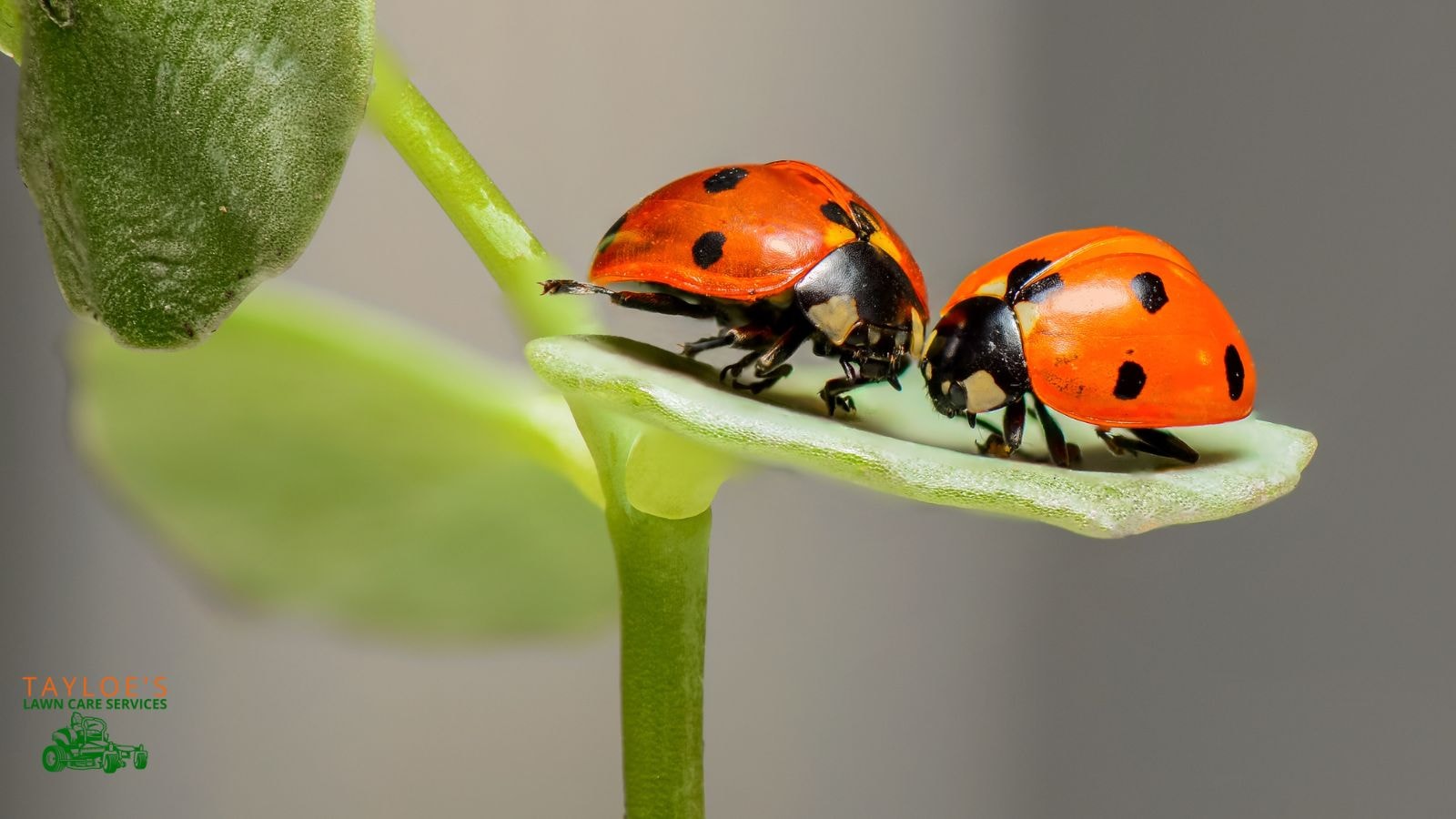
The Takeaway: Ladybugs in the Fall Can Be a Nuisance
Although ladybugs are champions of natural pest management, particularly in combating aphids, their behavior shifts as the temperatures drop, becoming a significant nuisance when they invade a house.
Among them, the Asian lady beetle tends to infiltrate houses in large swarms, leaving behind messy stains and occasionally causing minor discomfort. While they are largely harmless, their overwhelming presence inside can be irritating and unsightly.
To get rid of them effectively, focus on sealing all potential entry points. Look for cracks and gaps around doors and panes. Natural repellents, like peppermint oil or vinegar, can help keep these insects out without disrupting your home’s ecosystem.
Proactive yard maintenance and professional support may be necessary for a long-term solution. Tayloe’s Lawn Care Services, LLC offers expert assistance in safeguarding your home and garden for the winter months. Call us at 252.287.3376 to ensure you’re fully prepared for the season. For more tips and updates, be sure to follow us on Facebook.
Author Profile

- Randy Tayloe is the COO of Tayloe's Lawn Care Service, LLC. He is a certified custom applicator, recognized by the North Carolina Department of Agriculture Pesticide Division. A native of Bertie County, NC, and graduate of Bertie High School, he wants to beautify his home county - one yard at a time.
Latest entries
 FaunaOctober 3, 2025Fall decorations that endanger wildlife (and how to avoid the risks)
FaunaOctober 3, 2025Fall decorations that endanger wildlife (and how to avoid the risks) GardeningApril 1, 2025Fountain grasses add colorful foliage and movement
GardeningApril 1, 2025Fountain grasses add colorful foliage and movement GardeningMarch 21, 2025White cloud muhly grass growing guide
GardeningMarch 21, 2025White cloud muhly grass growing guide Lawn CareFebruary 25, 2025Should I mow every week?
Lawn CareFebruary 25, 2025Should I mow every week?

